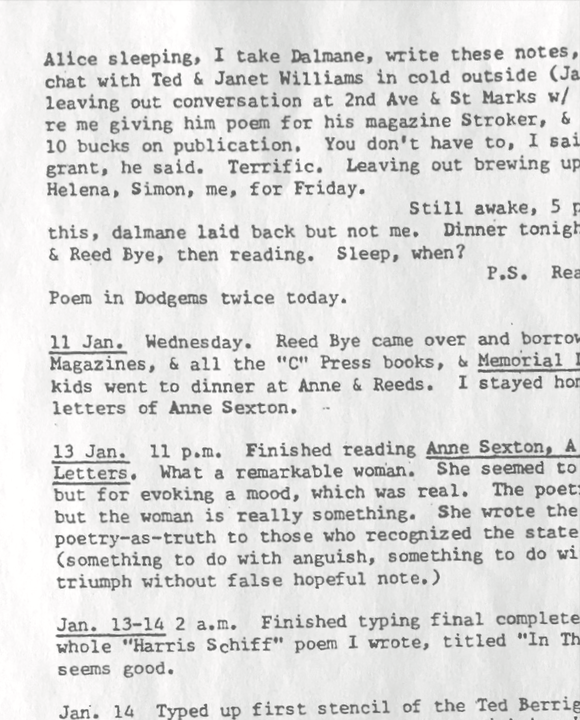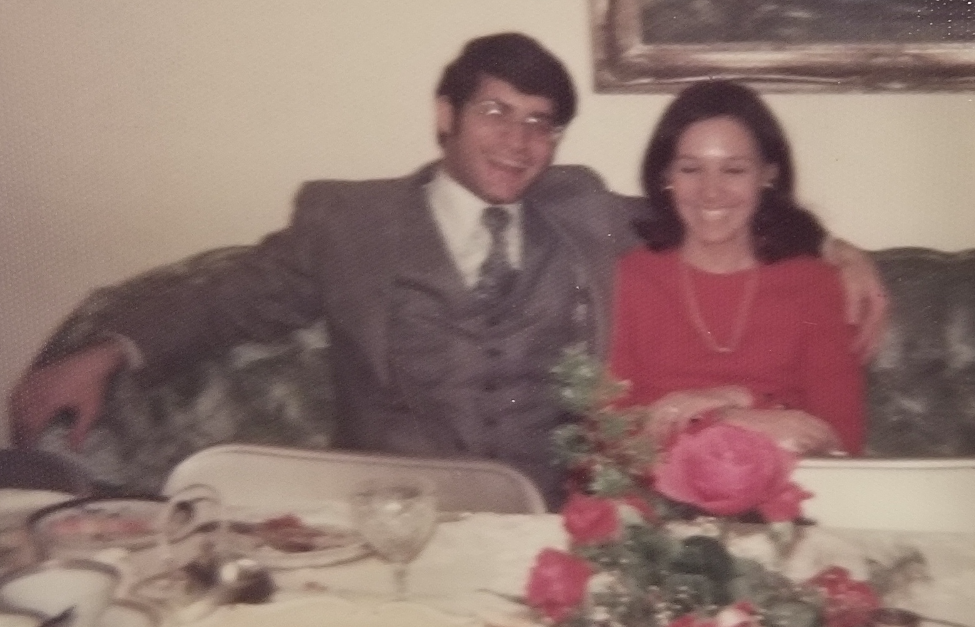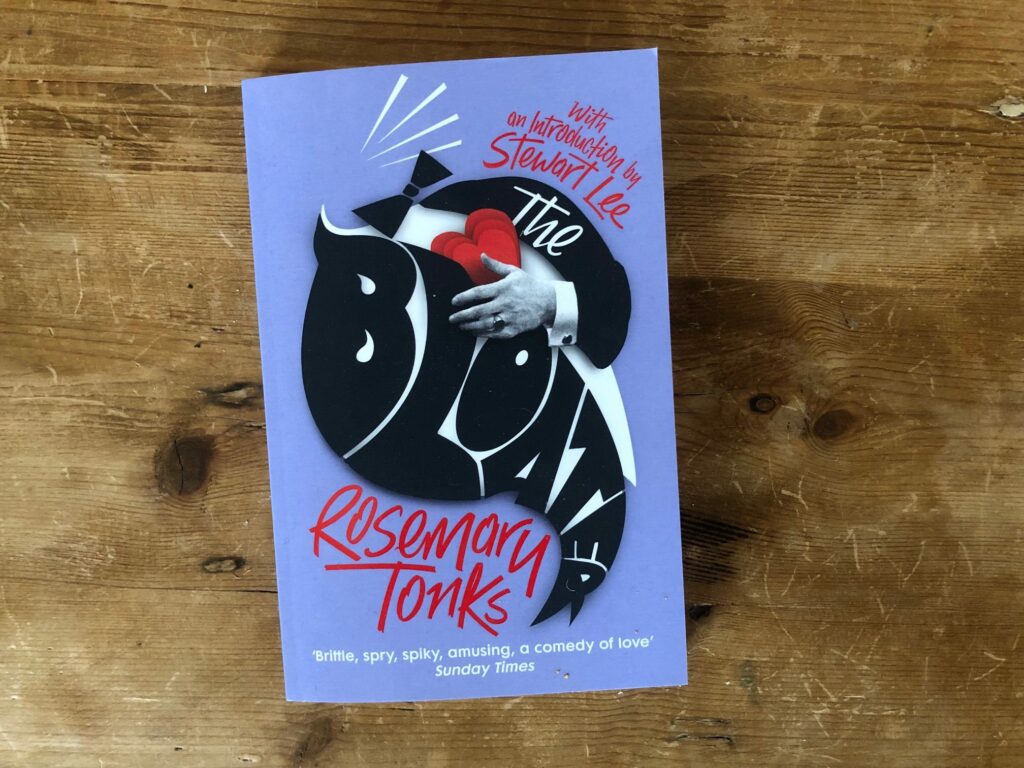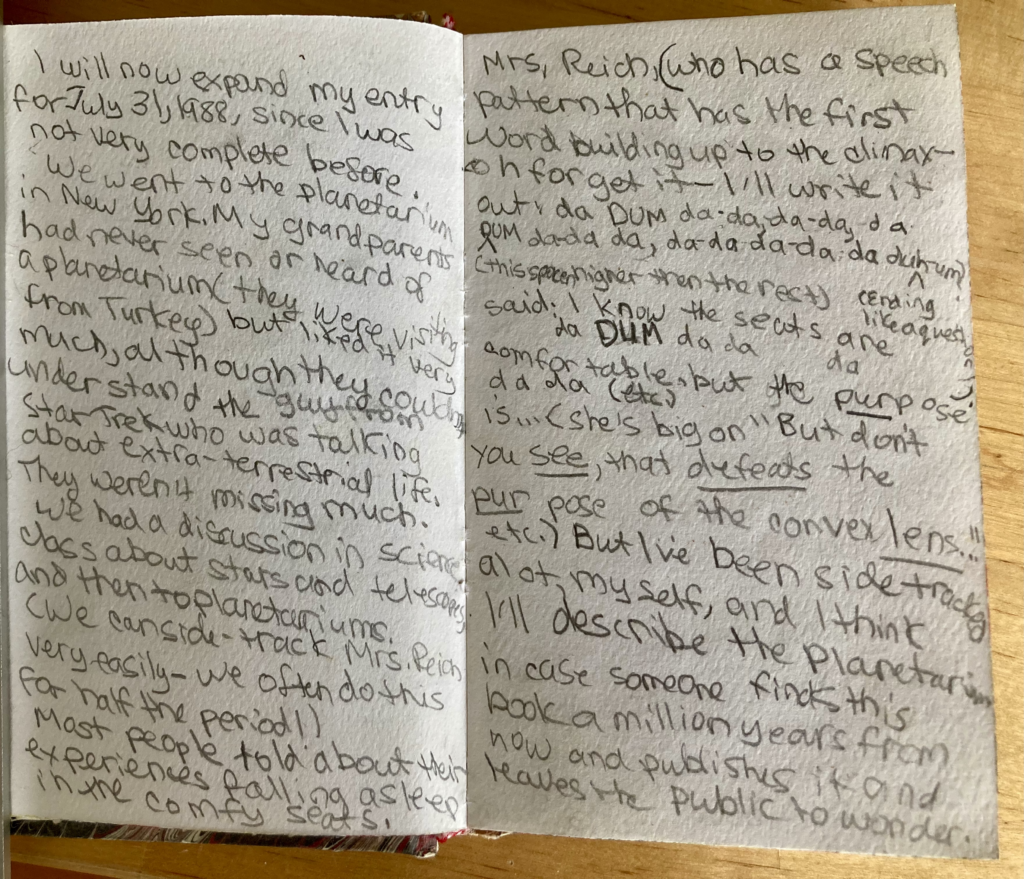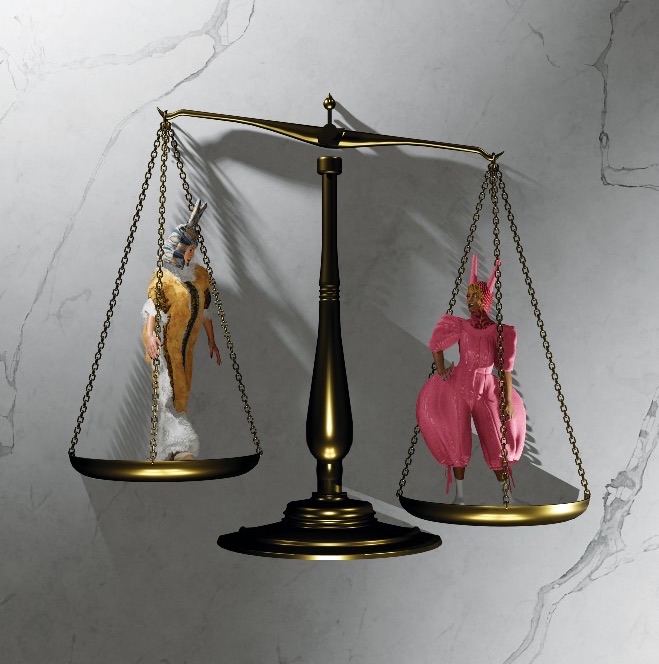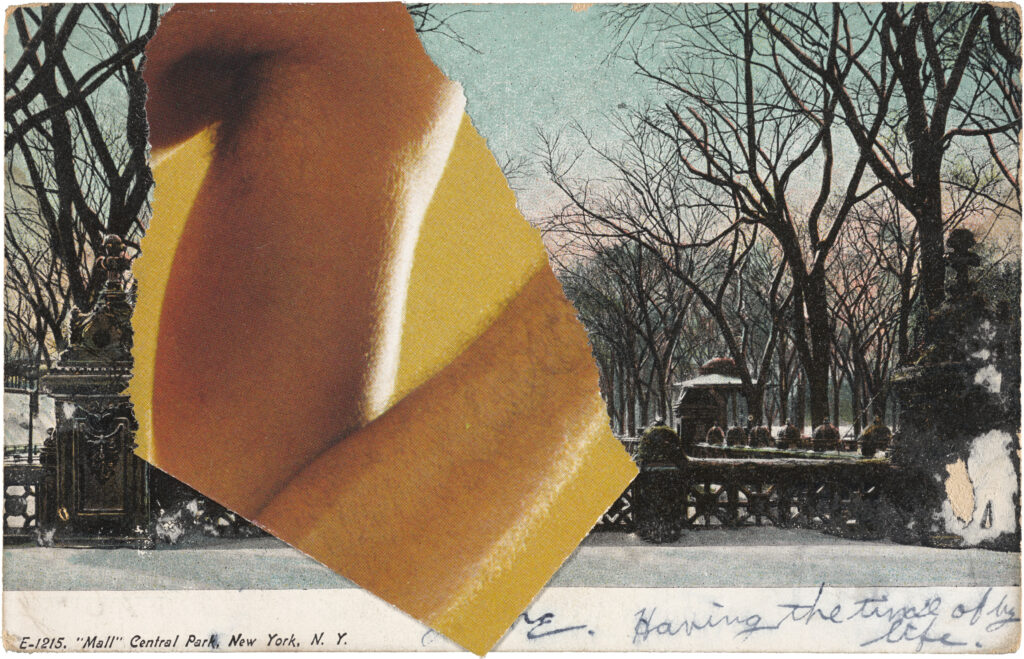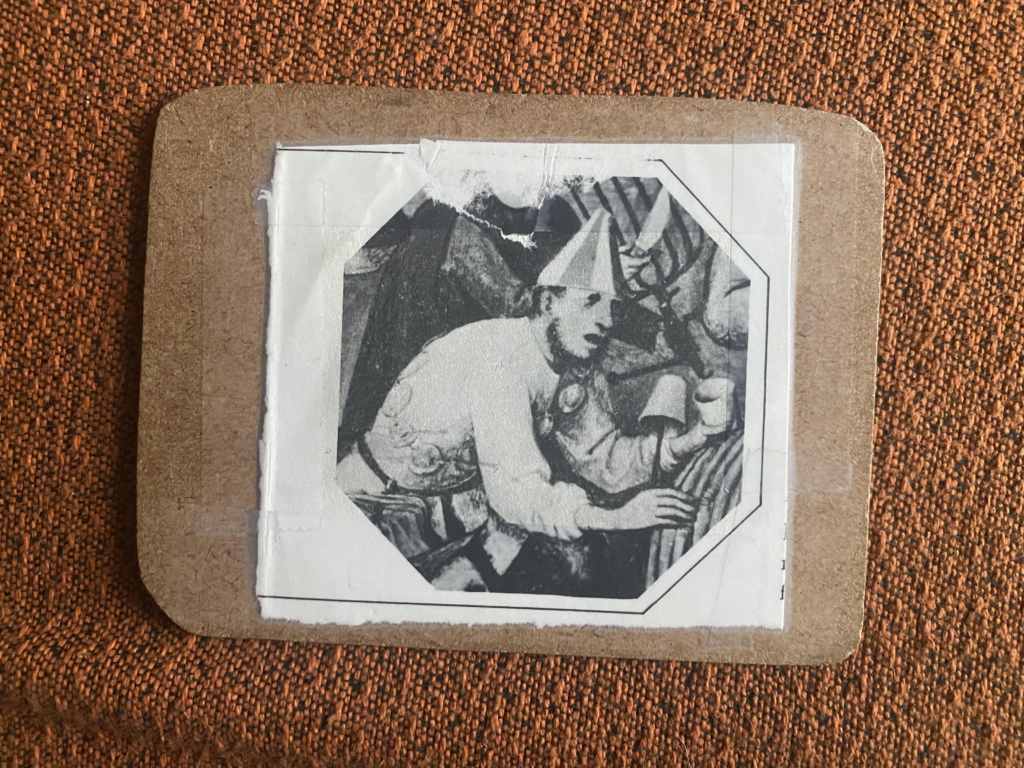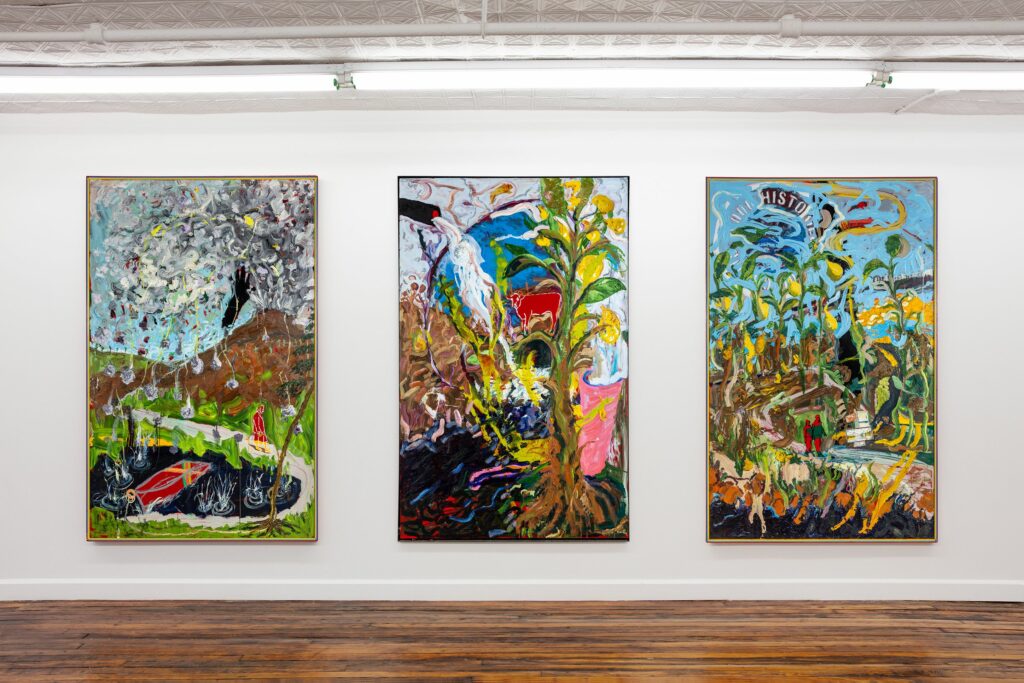I’ll speak from the heart and say yet once again that listening to audiobooks is on equal terms with reading physical books. I acknowledge that the experience is different, but through audiobooks, I personally was able to open doors to book genres that I would not read on a normal basis.
One genre I rarely read before I began listening to audiobooks was nonfiction. I incorrectly assumed that nonfiction books were dull, but audiobooks made them come to life in my mind’s eye. For one, many (not all) nonfiction books are narrated by their writers. In fact, some of the best ones feel like a fantastic podcast, in which I feel as though I have a personal relationship with the writer/narrator. Their personalities and intentions are sometimes more accurately relayed while reciting their own stories than if I imagined their voices in my head.
I think nonfiction books lend themselves well to audio because the subjects the books address, which can be anything from immigration reform to the history of the Roman Empire, are almost always discussed out loud among people. That’s not to say that reading about these topics is unusual, but my most vivid memories of learning about these subjects are from discussions rather than book. I think that audiobooks bridge this gap, to where readers can feel as though they are in conversation about important topics relevant to their lives while also reading a book.
So the next time you’re on a hot girl walk or on a long road trip, consider giving these nonfiction audiobooks a try.
Memoirs
Memoirs in particular lend themselves well to audiobooks. A well-recited memoir can make a reader feel like they’re sitting with the author while the former recites their story. If you want to begin your reading journey into the realm of nonfiction, then I strongly recommend a memoir on audio. Hearing the personal story of a writer is deeply meaningful and will help you connect with them.
Copyright
© Book Riot






